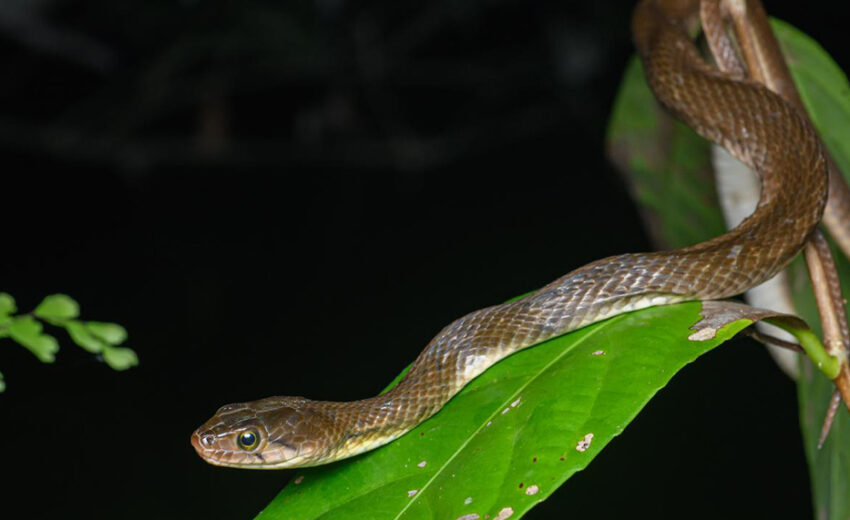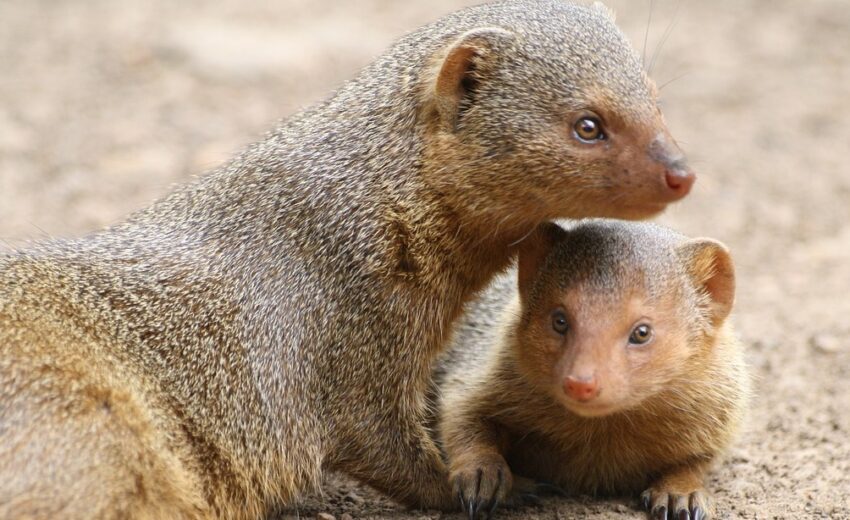The checkered keelback snake, aka Asiatic water snake, is a nonvenomous colubrid snake that hails from southern and southeastern Asia. They prefer to dwell near and in freshwater lakes, marshes, ponds, rivers, and streams.
- Zoology
- Daily Critter Facts
- For Teachers
- Study Guides
- Animal Diseases & Parasites
- Contact



